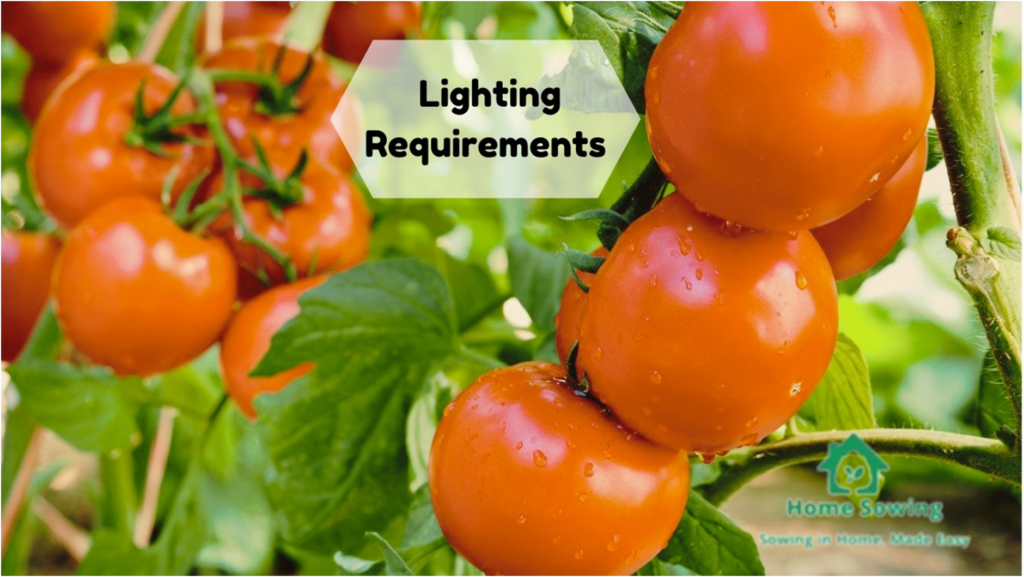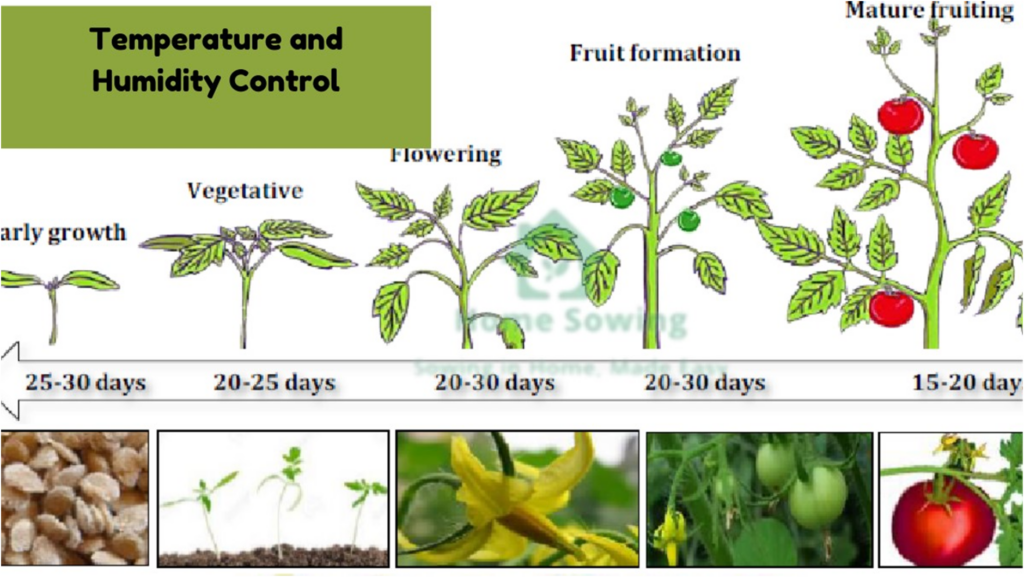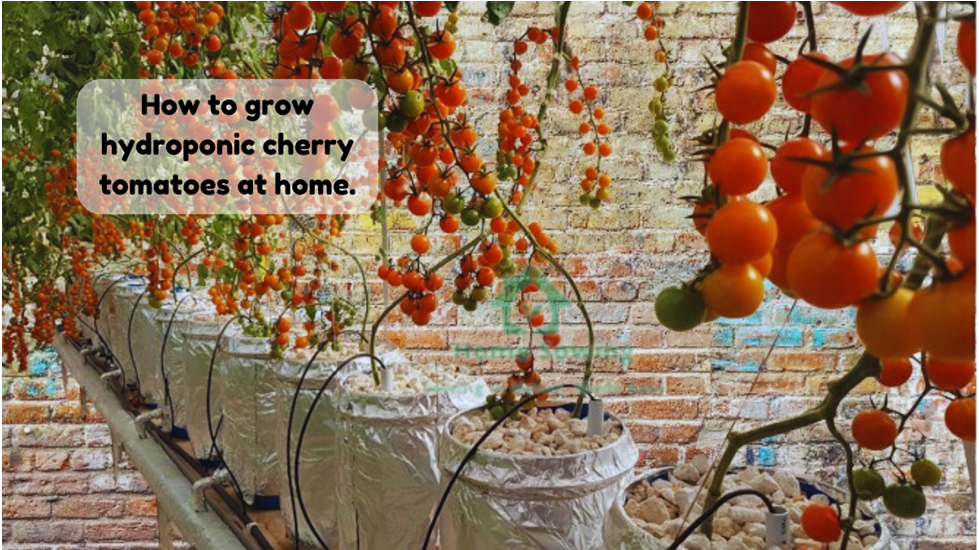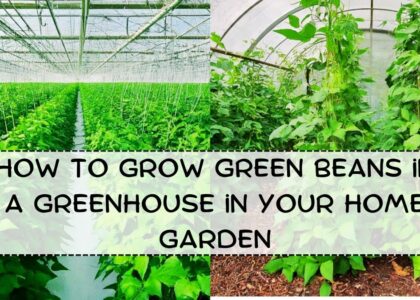Growing hydroponic cherry tomatoes at home allows you to enjoy fresh, flavorful tomatoes year-round. This soilless gardening method uses nutrient-rich water solutions to deliver essential minerals directly to the plant roots, resulting in faster growth, higher yields, and fewer pests and diseases. Follow this guide to successfully grow your hydroponic cherry tomatoes.
Hydroponic System Setup
Choose a Container
Select a suitable container for your hydroponic cherry tomato garden. Ensure it provides adequate space for root growth and proper drainage. Options range from simple reservoir systems to more advanced setups like Nutrient Film Technique (NFT) or Deep Water Culture (DWC) systems.
Select a Growing Medium
While hydroponic systems eliminate the need for soil, a growing medium is still necessary to support the plants and retain moisture around the roots. Common options include:
Perlite
Lightweight and provides good aeration.
Vermiculite
Excellent water retention properties.
Coconut Coir
Sustainable and retains moisture well.
Clay Pellets
Provide excellent aeration and drainage.

Nutrient Solution
Prepare the Solution
Create a well-balanced nutrient solution containing essential macronutrients (nitrogen, phosphorus, potassium) and micronutrients (calcium, magnesium, iron) required for healthy plant growth. Commercial hydroponic nutrient mixes are available and can be tailored to the specific needs of cherry tomatoes at different growth stages.
Monitor pH Levels
Maintain the pH level of your nutrient solution within the optimal range for cherry tomatoes, typically between 5.5 and 6.5. Fluctuations in pH can affect nutrient uptake and plant health, so regular monitoring and adjustment are essential.
Lighting Requirements
Provide Adequate Lighting
Ensure your hydroponic cherry tomato garden receives at least 6-8 hours of direct sunlight or the equivalent intensity from artificial grow lights. LED grow lights are a popular choice for indoor setups due to their energy efficiency and customizable spectra.
Control Light Duration
Use timers to regulate the photoperiod. During the vegetative stage, provide around 14-16 hours of light per day, gradually reducing to 10-12 hours during flowering and fruiting to mimic natural day-night cycles.

Temperature and Humidity Control
Maintain Optimal Temperature
Keep the temperature range between 70-85°F (21-29°C). Excessive heat can inhibit growth and fruit set. Adequate ventilation and airflow help regulate temperature and prevent humidity buildup.
Control Humidity Levels
Maintain humidity levels between 60-70%, especially during flowering and fruiting stages. Proper airflow and ventilation prevent moisture-related issues like mold or mildew, ensuring optimal plant health and productivity.

Pruning and Maintenance
Regular Pruning
Remove excess foliage to promote airflow and light penetration within the canopy. Pinch off suckers that form in the leaf axils to redirect energy towards fruit production. Remove any yellowing or diseased leaves to maintain plant vigor.
Monitor Nutrient Levels
Regularly check the nutrient levels and pH of your hydroponic system. Adjust the nutrient solution as needed to maintain optimal balance and prevent nutrient deficiencies or toxicities. Conduct regular water changes and system maintenance to prevent nutrient buildup and ensure consistent plant growth.
Harvest Your Hydroponic Cherry Tomatoes
As your hydroponic cherry tomato plants flourish and bear fruit, the anticipation of harvest day grows. When the fruits reach their vibrant red hue and are firm to the touch, gently pluck them from the vine, taking care not to damage the plant. Enjoy your homegrown cherry tomatoes fresh in salads, sandwiches, or as a tasty snack.










